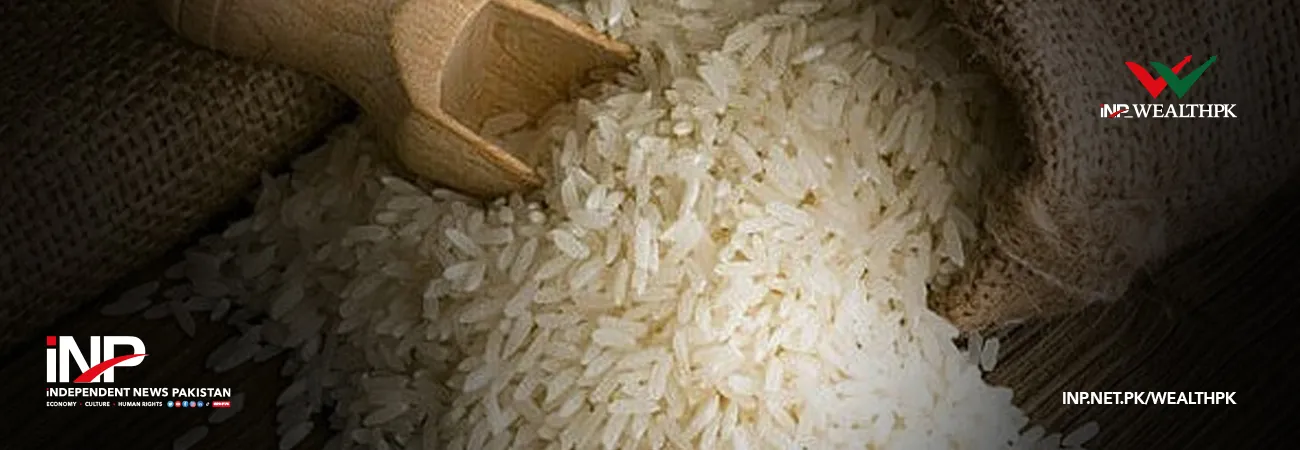INP-WealthPk
By Syed Marwan Shah ISLAMABAD, April 28 (INP-WealthPK): Pakistan Railways (PR) can boost its revenue by increasing and innovating freight transportation. An official of Pakistan Railways informed WealthPK that rail tracks in Pakistan bear the maximum axle load of 25 tonnes. He said though various goods are transported via the rail network, the coal is the main product – which is hauled from Karachi to all parts of the country, particularly to Pind Dadan Khan in Punjab and Nowshera in Khyber Pakhtunkhwa. He added that the goal of connectivity under the China-Pakistan Economic Corridor (CPEC) is unattainable without upgrading the Main Line-1, also known as ML-1, of Pakistan Railways. “The refurbishment and expansion of ML-1 is critical in transforming the PR.” “It will be myopic to focus entirely on the road infrastructure to improve logistics performance. Logistics through rail is a far more viable option. The government should invest in laying the railway tracks afresh in order to make them the primary means of inland freight in Pakistan,” the PR official maintained. According to the World Bank study, a single freight train is equivalent to 100 trucks. Not only that, but since logistics is an extremely price-sensitive sector, it makes even more sense for public and private sector investment to be allocated for rail development. This is because a gallon of fuel can transport a tonne of goods over a distance of 250 miles using rail compared to only 90 miles by road. Added value also comes from fuel efficiency and the faster routes to market the rail offers. That is why internationally, almost 50% of all cargo is hauled by railways. On top of that, using railways for freight transport compared to road can help lower greenhouse gas emissions by 75%, reports WealthPK. In Pakistan, the primary macro drivers for growth of the logistics sector are CPEC-related investments in Special Economic Zones along with the development of cargo villages and trans-shipment hubs.













